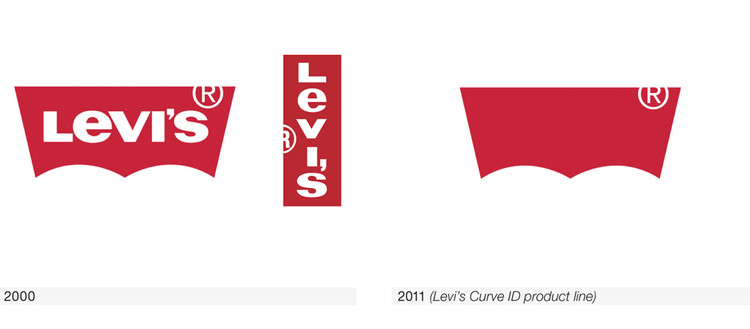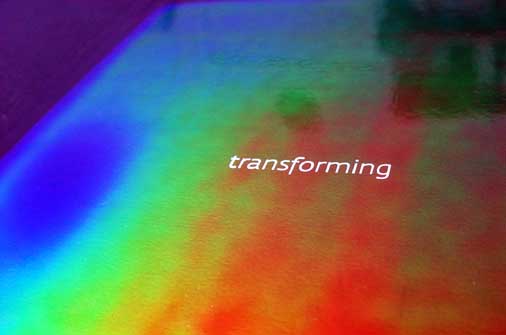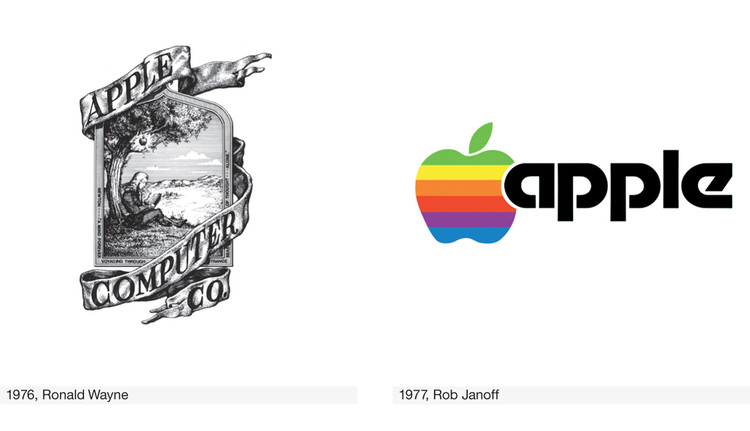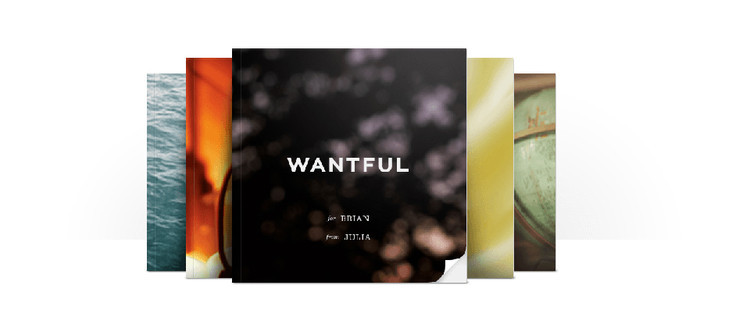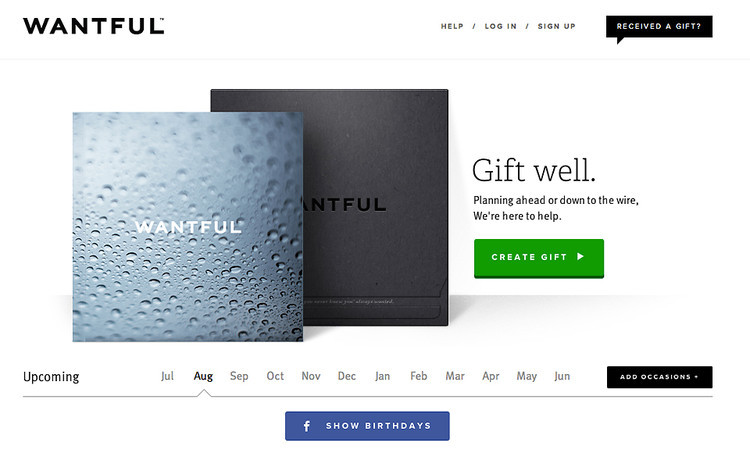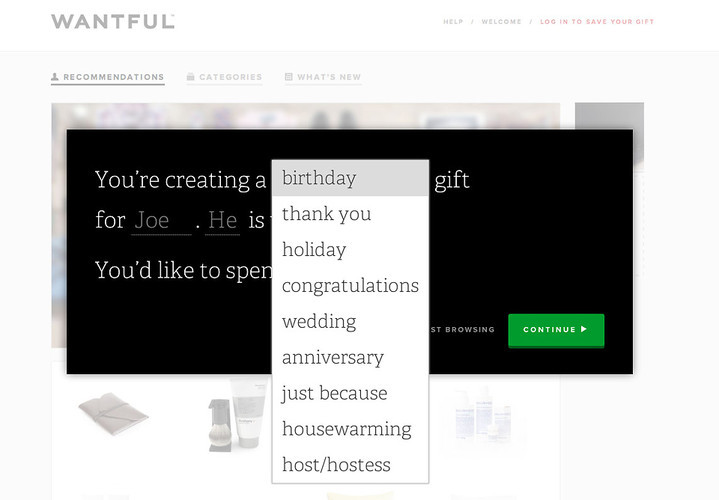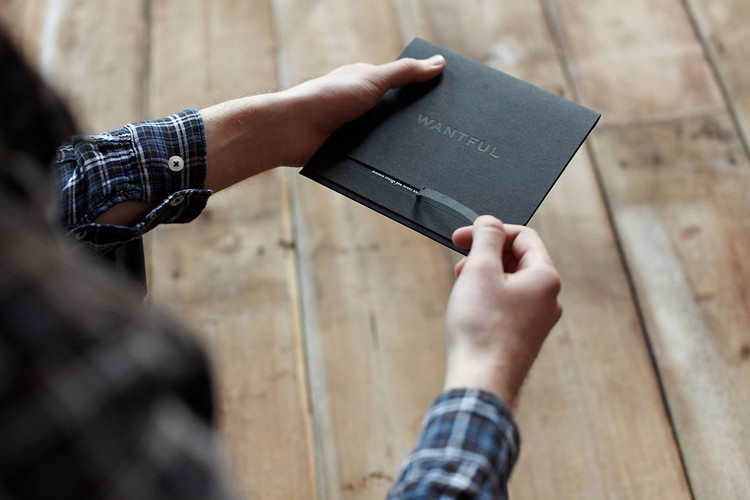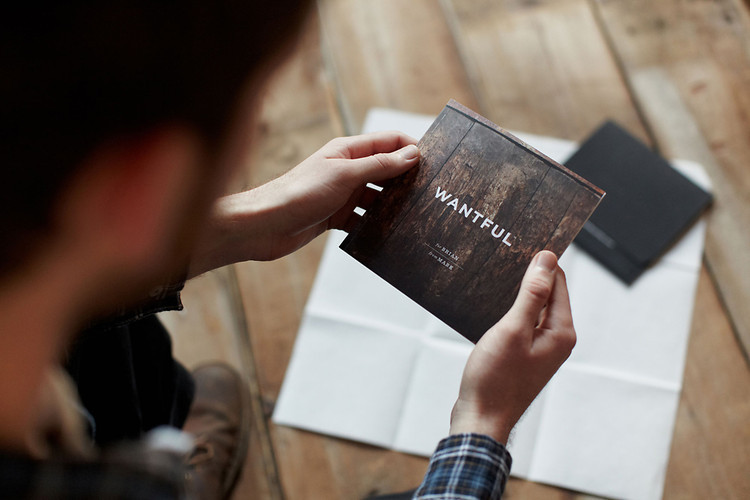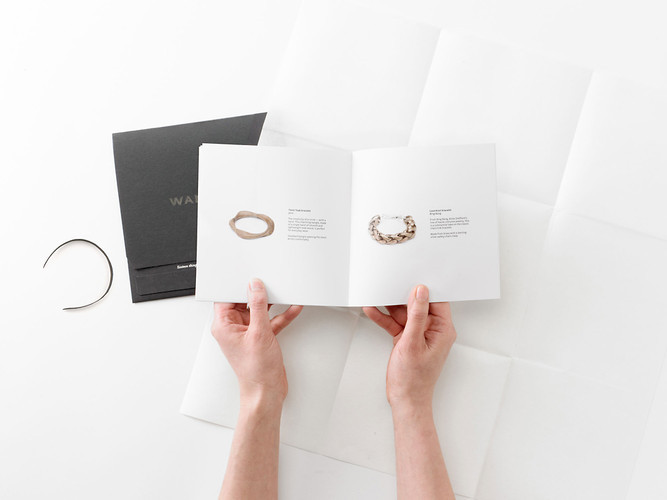Eir Partners, a strategic partnership and investment company focused exclusively in the dynamic global healthcare marketplace. Eir’s flexible model allows for customized collaboration to accelerate disruption, innovation and growth through a strategic partnership or direct investment approach.
Reinvent your business with branding. Even a town did.
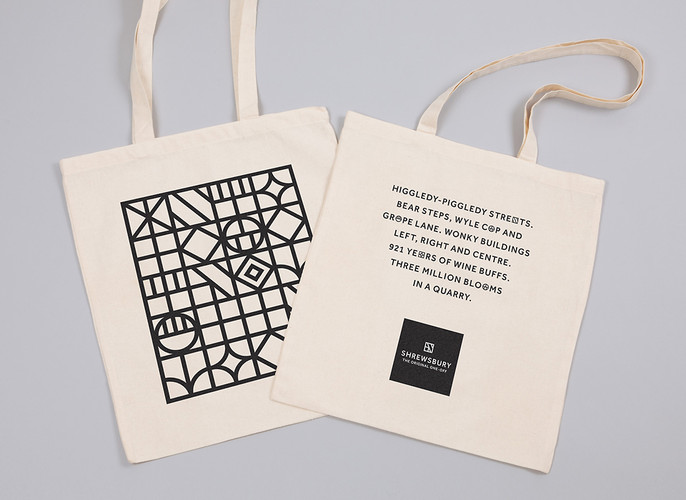
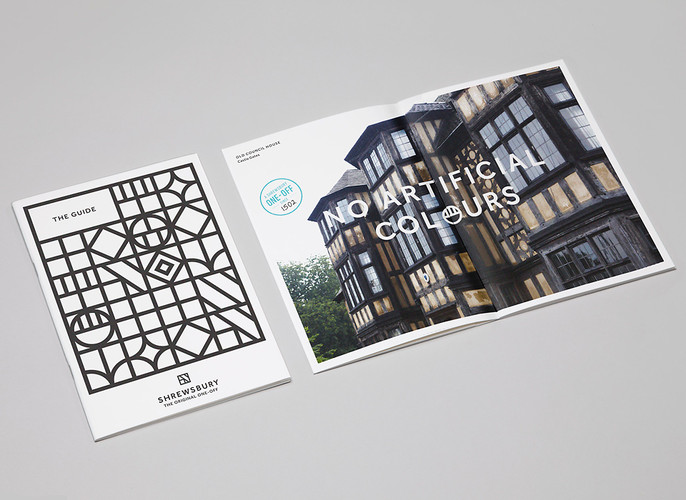 Even a town uses branding to reinvent itself for tourist.
Even a town uses branding to reinvent itself for tourist.
Shrewsbury, a British town, doesn’t have one single, overriding thing it’s known for--like a music festival, or a market, for example. And that’s made it difficult to market the bustling, historic British village to potential homeowners and tourists. So, earlier this year, the town council hired a design firm for a branding initiative. In response, the design team devised an unusual visual identity that goes beyond the typical boilerplate logo-and-color-scheme branding package.
The lame and overly used PowerPoint presentation would be useless. It needed good ideas and practical things that everyone in the town could use.
Branding builds repeat business
Build Repeat Business
If your brand doesn’t prompt people to come back to you for more, how in the world will it have any longevity? That means you must make sure your brand truly connects with your target audience and that you continue to expand its appeal beyond its original buyers. Also, as Disney makes clear, you need to be your toughest critic. If you’re not honest enough to confront your brand’s weaknesses and find ways to continually improve your delivery, you’re not giving folks the motivation to keep buying from you.
Twinkies may not, in reality, last forever…but their brand just might, and so can yours. We should all aim to build a brand with the lasting value of America’s favorite snack--but maybe with a little more nutritional value.
Building a timeless brand through your employees
2. Employees as an Emotional Engine
Disney calls its theme park employees their “cast members,” and they all receive careful instructions on how they should present themselves to Disney guests. To quote the Disney institute, “Brand loyalty…is seen as a reciprocal relationship, beginning with us. Each cast member, regardless of rank, understands that we must be loyal to our customers to receive loyalty in return.”
Similarly, the people who work for you, or even vendors who interact with the general public on your behalf, should act as ambassadors of your “brand story” with points of difference in their presentations that set you apart from the competition. Beyond that, your products should be packaged and labeled in a manner that also extends your brand story.
More to come
Building a timeless brand
If a brand is carefully built, however, it can be strong enough to sustain almost any bad press. So--how can you make sure your personal brand is up to the Twinkie standard? Here are a few tips, courtesy of The Disney Institute, that lead to long-lasting success.
1. The Emotional Connection
The strongest way you can bond your audience to your brand is through emotion, and the best way to create that emotional component is through storytelling. When you frame your brand’s story in the right way, you reach people on a very deep level.
Twinkies, by the way, are fortunate in the fact that most of us have already crafted our own Twinkie brand story in our heads. Because they’ve been around so long, we all grew up with them; they were an integral part of many a childhood lunch. That’s why the thought of them not being around anymore elicited so much panic.
More to come...
Honey packaging
Why branding - Pt 3
Invest to build your brand
If you are a small business owner looking to start a new brand or rebrand an already established venture, think about what branding elements already exist within your company that you can both sustain and build upon. Know that every advertising and marketing campaign or new product line may increase your brand's visibility, but it’s the cohesion of these efforts over time that keeps your brand in people’s consciousness. The beauty of branding is that with the right foundation, a company can build their brand upward and outward with confidence.
Every small business must carefully consider the financial expenditure in re-branding, especially if partnering with an agency. However, branding is an investment in making your business a success. The nature of branding means the initial investment is a foundation that will allow your small business to get the most value out of future marketing dollars.
Why branding - pt 2
Review other brands
Take a look at some brands you believe in — big ones and small ones. Start to notice the ways they create continuity between packaging, marketing, website, and promotional materials.
• Listen closely to how these brands convey their message to consumers.
• Learn the subtleties and the details in their products, packaging, and their promotions.
• Look at all the ways you interact with the brand in the store, online, and in your home. Consider the energy and dollars that go into creating those touch points.
Think of the brand touch points
Now erase those elements and think of those brands without those touch points. Would your experience and/or your perception of the product or company be the same without them? What would be left of the product stripped of its package, website, logo? If the answer is not much, then you've made a case for what branding is and why investing in it is important.
Why branding
It's not surprising that marketing and branding can fall to the wayside while building a business. Historically, brand building and marketing have been expensive ventures that only large corporations or fully-funded start-ups could afford. So why should you choose to invest your limited resources in branding?
Believe in Branding
If you want your business to be noticed – whether your goal is to become a fully-funded start up or to remain independent but profitable, building your brand is key. Believing in the premise of branding is vital. If you don't believe in the basis of the process, then it will most likely be a waste of time, money, and effort. So how can you justify the investment of branding for your company’s future?
To be continued
Starting the Branding Process.
Once you’ve identified your consumer touchpoints, you’re ready to get on with the business of branding. But don’t leap straight into the design phase – first, you need to do your research. Seeing what the best of your industry is doing, and understanding who and where your audience is, will help you develop a blueprint that will not only make the rest of the branding process more streamlined, but also help as you continue to grow your business in all aspects.
Where Will Your Brand Be Expressed?
 Where and how consumers interact with your brand is key to understanding what it needs to accomplish. Do you have an office or storefront? Do you use printed stationery, e-mail templates or both? Packaging, uniforms, a website, even your business cards – these are all ways consumers will interact with your brand. Think about everywhere and every way your customer encounters your business, from the store window, to the greeting they receive as they enter, to signage, delivery trucks, and the way the product is wrapped – all of these are your brand’s touchpoints.
Where and how consumers interact with your brand is key to understanding what it needs to accomplish. Do you have an office or storefront? Do you use printed stationery, e-mail templates or both? Packaging, uniforms, a website, even your business cards – these are all ways consumers will interact with your brand. Think about everywhere and every way your customer encounters your business, from the store window, to the greeting they receive as they enter, to signage, delivery trucks, and the way the product is wrapped – all of these are your brand’s touchpoints.Who Creates Your Brand?
Nasa branding history
Whether you’re creating a whole new brand from scratch or just refreshing your existing brand, you need to decide who will be involved in the process. For a project this crucial to your business, it’s well worth calling in the pros and hiring a branding agency. They can add value by developing your strategy and revealing game-changing insights into your marketplace, while delivering first-class design. If your budget doesn’t stretch to a full design service, their strategic input alone can prove invaluable. Even if you’ve hired an agency, you’ll also need to decide who will steer the project internally, taking on the role of brand guardian. Whether it’s you, another member of your staff or a small team, choose people who really understand the essence of your business and can contribute their time, energy, and expertise throughout the process.
How Is a Brand Expressed?
Depending on your business, branding can mean very different things. If you’re in the service industry, for instance, you may need to give more attention to the point of delivery, such as customer service and employee uniforms, than to the logo or website. If your business is international, you’ll need to take cultural and linguistic implications into account. And if your business exists predominantly online, there’s the issue of how your branding will work in digital environments.
Creative material use in branding
I stumble upon many creative materials on a regular basis. This is one of them. With the creative usage of heat sensitive materials on the cover, the Camden strategic transformation story with their acquisition was slowly revealed effectively from cover to cover. The color changes from one body temperature to the next. It's never the same. To date this branding project has won over 100 awards and appeared in some 50+ books and publications. What a humbling experience for me and I'm very grateful for the client who understands that good design is good business. And most times it takes boldness and fearlessness especially on the client part to do something different in order to take their brand to the next level.
What is a brand?
So What Is a Brand?
Your brand is how you communicate the essence of your business. Many think branding is simply a logo plus typefaces and color palettes, but that’s only part of it. It’s also your business name, the products or services you provide, and how you deliver them to your consumer. It’s the idea you create in your audience’s mind about who you are and what you do. It’s this idea of your brand that’s so powerful, and prompts your customers to choose you over a rival. Take a look at AT&T old and new branding and how it's used in an advertising campaign.
History of super famous Apple branding
Brands occupy every corner of our lives, and affect almost every decision we make each day. Why do we choose one brand of soda over another? Why does owning one particular make of car give us a sense of pleasure or pride, while owning another satisfies less? Take a look at how Apple brand evolves over the years.
Branding is every bit as important to small business as it is to big companies. Every business has a brand. The question is whether the makeup of the brand is created intentionally or accidentally. There is little doubt in my mind that businesses that find themselves in possession of what some would call a strong brand are far more likely to achieve great things than those that simply go out there and compete.
Logo Life (BIS Publishers), a new book by Ron van der Vlugt, compiles the stories behind 100 famous logos, from Apple and Adidas to Nike and Volkswagen, providing graphic histories of some of the world’s most influential companies.
Kate Spade Branding
The story behind the rebranding of Games of Throne
After getting sucked into the Song of Ice and Fire series of fantasy novels by watching HBO's "Game of Thrones," Nike designer, Darrin Crescenzi, became intrigued by author George R.R. Martin's in-depth descriptions of each major character's heraldry, and the ways in which their symbols seemed to establish a "brand" for each of the story's families. He ended up crafting an icon for each one of them. It's beautiful.
Branding helps you grow your business
For many small businesses, branding is one of the most overlooked and underestimated business tools. While many business owners may think of a brand as a logo - it’s really much more. A strong brand represents the essence of your company, a clear statement of what your company is and what differentiates you. And it can have a big impact on your business. A strong brand can help you compete with much larger organizations.
One key to building a strong brand is authenticity, which can begin with developing a brand mission that captures the “why” of your business and then delivering on that mission.
Consistency is also imperative. It’s critical that you communicate your brand through every customer experience, every day. Virgin America is a good example. Their branding extends across various touchpoints – from the logo on the planes to the extra touches like snacks and blankets on flights – you see how creating those consistent ties can make the brand even more memorable to customers.
Branding is more than design. Good branding extends into other areas, like how you handle customer service or innovate products or services. The rebranding process can raise the bar for everything you do, like how you present yourself, how you greet visitors. It’s like getting a makeover; you start looking for other areas to improve.
Wantful - a new concept of gifting website
For your next gift, send a catalog you curated.
Wantful lets you give the gift of choice--by sending someone a customized, 16-item catalog of gifts to choose from.
Here’s how it works: You visit the site (which is exceedingly sharp and easy to use, reaffirming your sense that this is indeed going to be a Good Gift), tell it a little bit about the gift you need (who you’re buying it for, their gender, and a dollar amount you’re looking to spend, from $30 to $500), and answer a few questions about the recipient (which of these style homes would so-and-so like to live in; does so-and-so like cooking, etc). The site then spits out a nice clean grid of product thumbnails algorithmically picked for your recipient, culled from an inventory of a few thousand items. The products include neat bracelets, artsy coffee table books, cool candle holders--a lot of stuff you’d expect to see in New York’s Museum of Modern Art Design Store. Kitchen gizmos are very prevalent. Anyway, you pick sixteen of these products, and Wantful puts them into an elegant little catalog, sends it to the recipient, and lets them choose one to have as their own, courtesy of your credit card.
It’s clever. A book from Wantful combines the "this way you can get something you like" guarantee of a gift card and the lasting usefulness of a genuinely cool product. But as the site’s founder and CEO John Poisson told Co.Design, it also carries with it that central Good Gift component: surprise.











